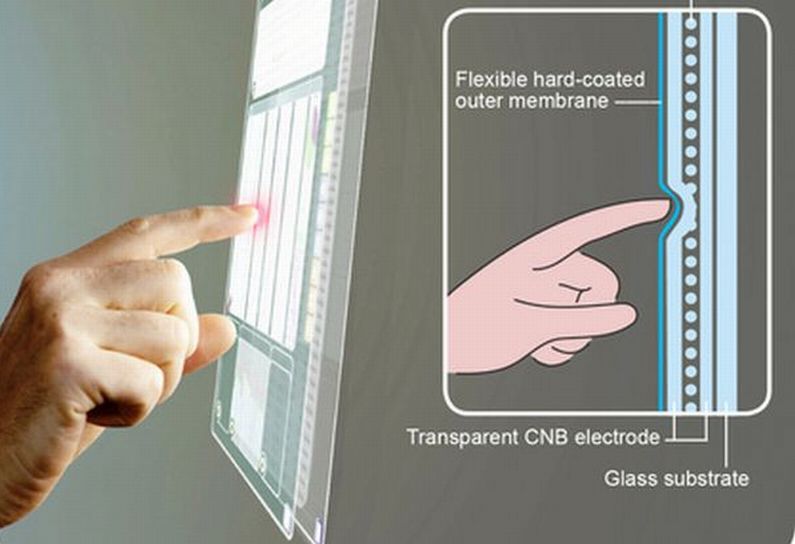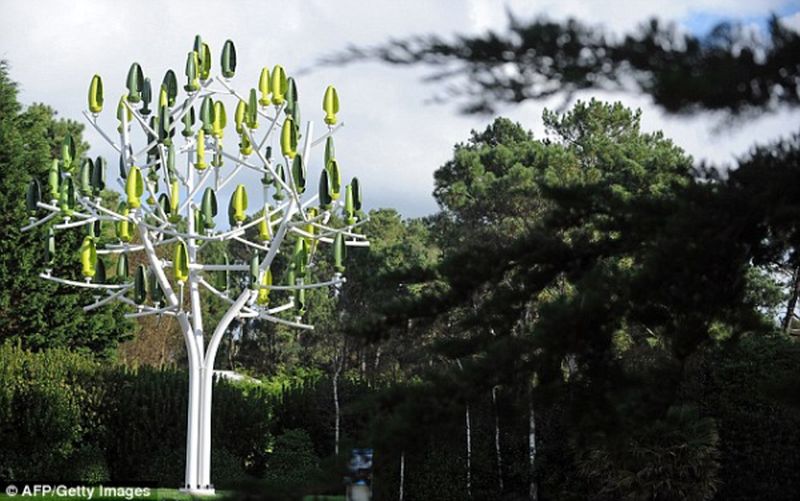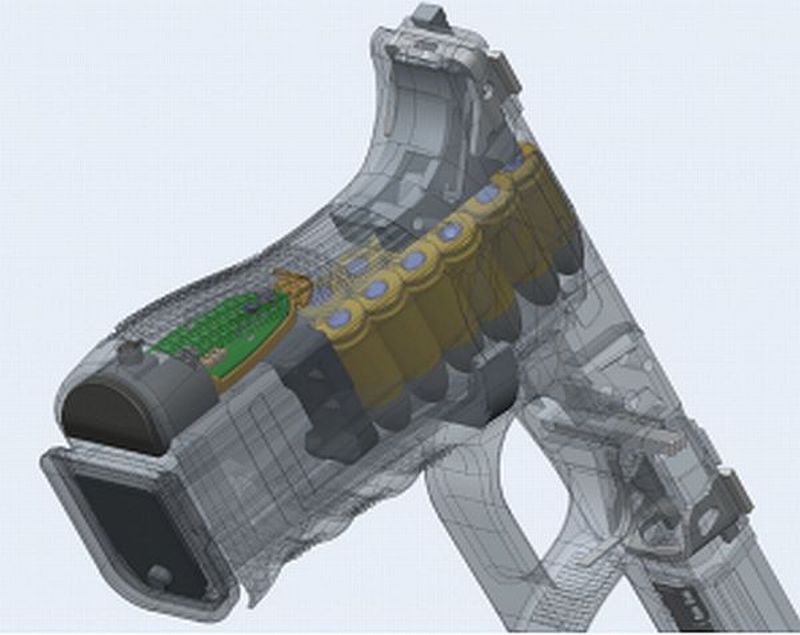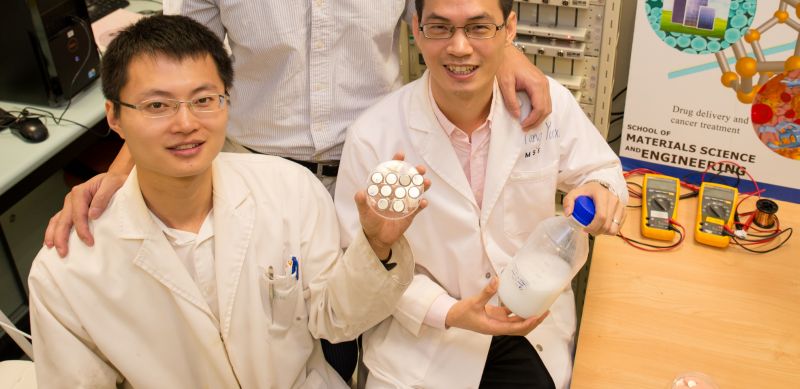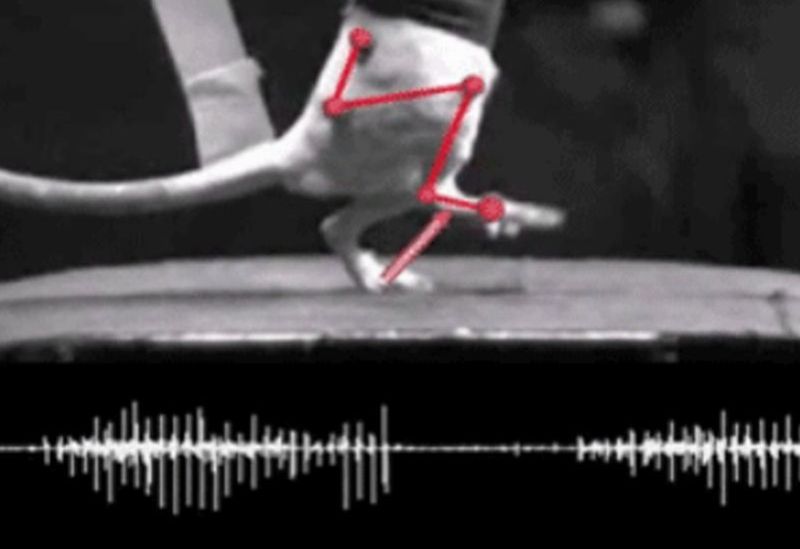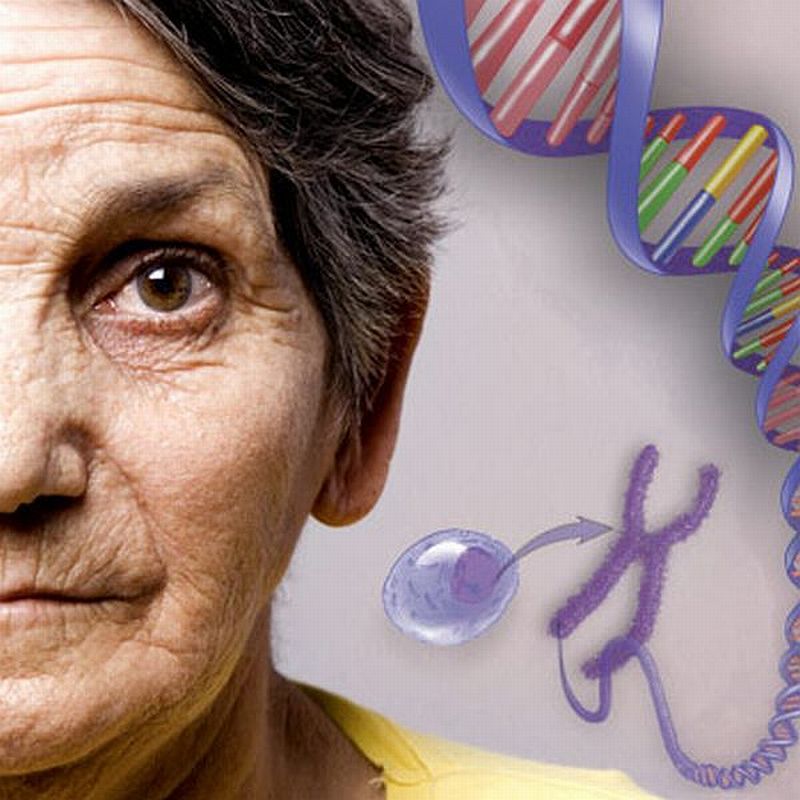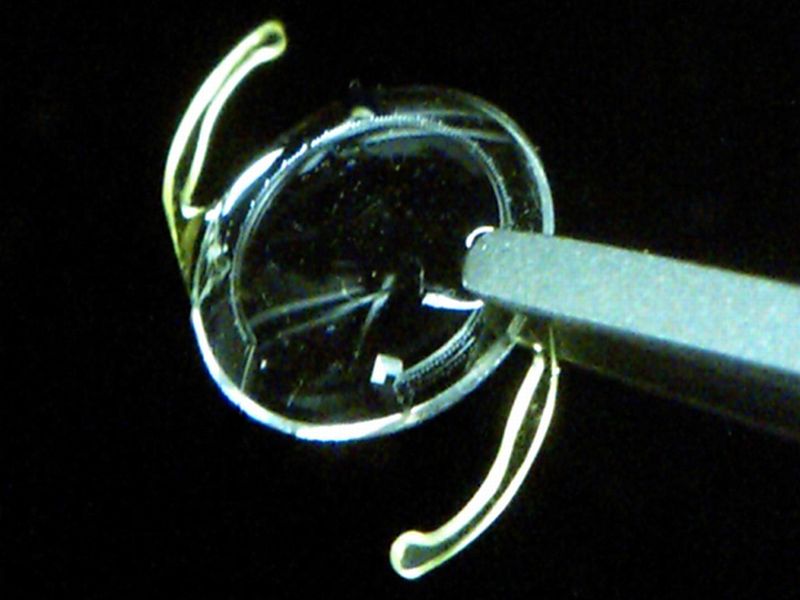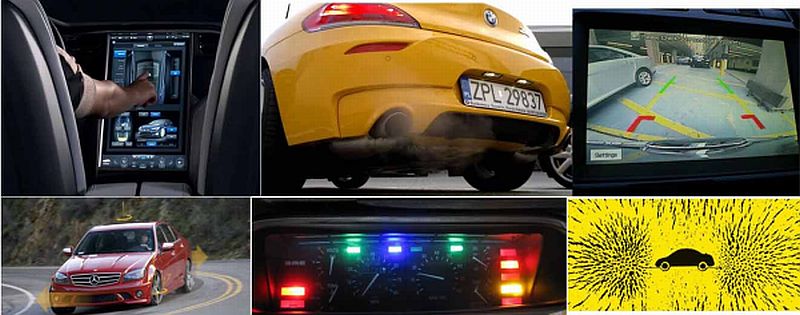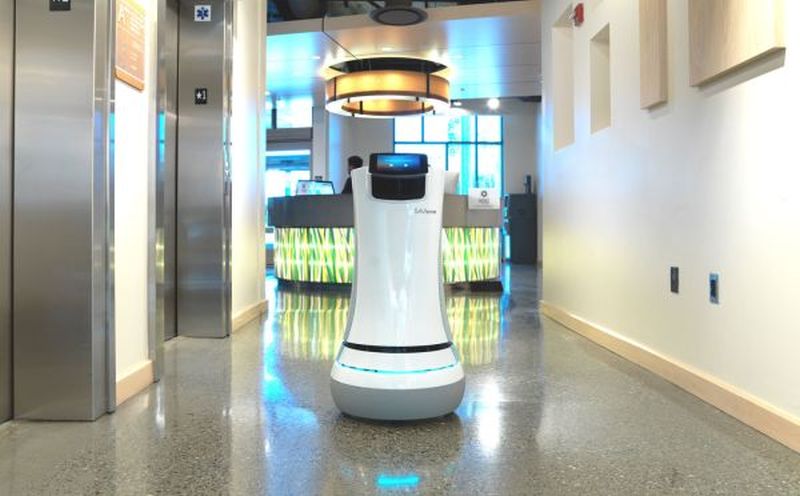A Finnish startup, Canatu, has come up with a touch sensor based on transparent films that are fabricated from carbon nanobuds (CNB). What’s interesting about the (CNB based) innovative sensors is that they can be adjusted and can be turned on any surface irrespective of its background shape. For instance, it could be applied on the touch controls of curved surface of automobile dashboard or any gaming consoles or play stations.
Read MoreTag: innovation
Aircraft with Panoramic Pods: Passengers to share Pilot’s Eye View
Ever wondered how it would feel to sit in a cockpit while the plane is gliding through the clouds high above. Especially, imagining a view that only pilot’s are privileged to see is one of my most cherished dreams. I have always given a thought over it even when am not within a plane. Watching a plane from below have always struck me with the idea as of how would it feel for the person(s) who are steering the huge machine above.
Read MoreElectricity producing Trees: Plastic Leaves to Create Power
Very soon, we might witness our streets and garden lined up with electricity producing trees. Unbelievable but true. Couple of French engineers have designed an artificial tree that uses wind energy to produce electricity. The electricity producing, Wind Tree will be available in the market by 2015. Founder of start-up Parisian, Jerome Michaud-Lariviere says that he came up with the idea of wind tree when he saw leaves quivering in the absence of air currents, which means energy is coming from somewhere and it possible can be morphed into watts.
Read MoreHuman Waste to morph into Rocket Fuel: Methane powered Spacecrafts
A research team from the University of Florida has found a way to transform human waste into something as useful as a rocket fuel. Until now the waste produced during space missions were stored which was later burnt while entering Earth’s atmosphere, when the space cargo vehicle loaded with waste returns. However, between 2019 and 2024, NASA plans to build an operating base on moon for initiating future long-term space missions that would require a way to cut down the weight of spacecraft leaving Earth. Clearly, neither dumping waste on…
Read MoreSuneris VetiGel: Superfast Bioresorbable Clotting Agent
The first and the foremost step in treating any kind of injury is to cease blood loss. Though our body has its own mechanism to stop blood loss through formation of blood clots. But during severe injuries, our body struggle to stop blood loss and excessive blood loss is life threatening. Therefore, scientists are researching to find new ways to minimize blood loss during injuries.
Read MoreNanodiamonds to be used for Delivering Drugs and Cancer Therapeutics: New Imaging Modality
Capturing ongoing processes within living cells in real time is usually done with fluorescent dyes made up of a fluorescent chemical compound, fluorophore. The compound’s unique property of re-emitting light upon excitation makes it the most deserving candidate for imaging cellular processes, however, with the passage of time, the compound becomes toxic thereby renders havoc to the cells in close proximity.
Read MoreYardarm delivers wireless Firearm Telematics: Gun Technology
Yardarm Technologies, a California based firearms technology company has developed an innovative product that has an ability of delivering the real time track record of using firearms, by police personals or security officers. With the use of a wireless sensor for firearms, the company has taken machine-to-machine (M2M) capabilities to a higher level.
Read MoreFruit Fly can sniff out Drugs and Bombs: Electronic Noses Technology
When it comes to detecting bomb or drugs, generally dog is the first animal that comes in our mind. But would you believe when I say that very soon fruit-fly might be taking over the job of detecting bombs and illicit drugs? Surprised! According to a research conducted by the University of Sussex, fruit fly’s sense of odor can be employed in an innovative technology to expose bombs and drugs.
Read MoreNew Generation of Fast-Charging Batteries: Innovative Battery Technology
Nanyang Technological University (NTU Singapore) researchers have fabricated an innovative battery that can charge nearly 70% of its capacity in just 2 minutes. This does not affect its longevity; on the contrary, the scientists are claiming its survival age to over 20 years.
Read MoreLighting Sheets to replace Bulbs: OLED, the Next Generation Lights
How about customizing light source in our rooms, something that resembles the photo frames. Sounds interesting, ain’t it? Researchers have already been working in the field of light and they have come up with an approach that targets the efficiency in half amount of energy being consumed by regular bulbs by developing ‘glowing sheets’. Technology used in these light sheets would resemble the mega thin TVs and smartphones as the sheets are expected to include organic LEDs or OLEDs.
Read MoreElectrical Pulses used to reinstate Movements in Paralyzed Rats: Epidural Stimulation
In Frankenstein effort, Gregoire Courtine, a researcher at the École Polytechnique Fédérale in Lausanne, Switzerland, has developed a process that has helped a paralyzed rat in walking with a precise cadence. The neuroscientist has employed electronics to reinstate realistic movements to the disabled animal. With an aim of resurrecting life in the paralyzed limbs of people, the researcher has zapped spinal cords with electrical pulses. These undulations will substitute the commands being sent by brain in normal condition however, the signals are disrupted with an injury in the spinal cord.
Read MoreOn/off Switch for Aging Cells Discovered: Telomere Homeostasis
Newly divided cells of the human body have an ability of replenishing certain organs including lungs, skin and liver consistently. However, majority of these cells have an expiry date, which means, they cannot perform the function throughout, since each division also corresponds to shortening of chromosomes. Upon reaching a certain stage telomere, the area of repetitive nucleotide sequences situated at the peripheral of each chromatid, stops the dividing process. This leads to degeneration of organs and tissues and eventually aging. However, in the presence of telomerase, an enzyme that rebuilds…
Read MoreMicrofluidic Device for self-monitoring of Intraocular Pressure: New Eye Sensor
In order to measure the intraocular pressure, eye surgeons use puff test, however, the non-contact tonometer does not always give accurate results, and this has always remain a major huddle in solving the real problem. Now, the time is not far when the eye doctors would be able to gauge the problem in real time and giving effective treatment for blindness-causing glaucoma. Researchers from the Faculty of Life Sciences, Bar Ilan University, Ramat-Gan, Israel and from Stanford University, US have developed an innovative lens- mounted microfluidic sensor.
Read More10 Autotech Bane or Boon Innovations: Living Next to Supertech Cars
Owning and driving a super tech car is what all autotech aficionados aspire for. Keeping in mind the tremendous development in the automobile technology, the driving experience has transformed significantly. But the question is that whether this development is towards a betterment or is there something else hidden beneath the thrill. In an attempt to answer this, we have compiled a list of ten such tech developments that we need to think whether they are bane or boon, so here we go,
Read MoreSaviOne the Butler Bot: Service Robot for Hospitality Industry
Last year we talked about James, the new Barman and now we would be witnessing a robot butler developed by Savioke (pronounced “savvy oak”) entering the hospitality industry to maximize customers’ experience. As of August 20, Savioke’s first delivery robot (Botlr) nicknamed as A.L.O by the hotel, will be seen operating in hotel Aloft in Cupertino, California. In its pilot program, ROS powered autonomous robot, Botlr will be assisting hotel staff in delivering amenities such as mobile charger, towels, brush or even snacks, to the guest’s room and thus saving…
Read More
